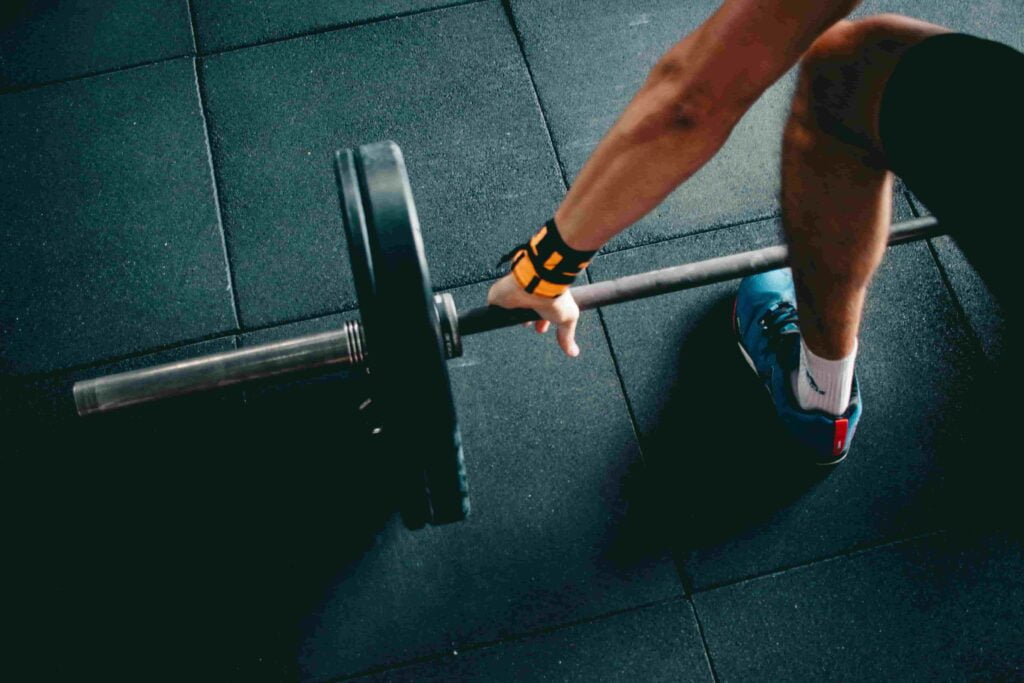Table of Contents

You can manage exercise-related anxiety by starting slow, focusing on your progress, and creating a routine that fits your comfort and needs.
Exercise is essential for maintaining good health. It helps improve physical fitness, boosts mood, and reduces stress. However, for some people, the idea of working out can cause anxiety.
This anxiety might stem from fear of judgment, worries about not performing well, or concerns about injury. Managing exercise-related anxiety is important to ensure that you can enjoy the benefits of physical activity without unnecessary stress.
Understanding Exercise-Related Anxiety
Exercise-related anxiety is a type of anxiety that specifically occurs in situations related to physical activity. It can manifest in various ways, such as feeling nervous before going to the gym, worrying about what others think, or being overly concerned about your performance.
Common Causes of Exercise-Related Anxiety
- Fear of Judgment: Many people worry that others at the gym or in a class are watching and judging them. This can be especially true for beginners or those who feel self-conscious about their appearance or abilities.
- Performance Anxiety: The pressure to perform well, whether in sports, group classes, or even personal workouts, can lead to anxiety. People might worry about not being able to keep up or failing to meet their goals.
- Fear of Injury: Concerns about getting hurt during exercise can cause anxiety, particularly if someone has experienced an injury before or is trying a new activity.
- Negative Past Experiences: If someone has had a bad experience with exercise in the past, such as being teased during gym class or failing to reach a fitness goal, this can contribute to anxiety.
Tips to Manage Exercise-Related Anxiety
Managing exercise-related anxiety involves a combination of mental strategies, practical tips, and self-care practices. Here are several ways to help you overcome your anxiety and enjoy your workouts.
1. Start Small and Gradual
If you’re new to exercise or returning after a long break, start with small, manageable workouts. This could be a short walk, a few minutes of stretching, or a beginner yoga class.
Gradually increase the intensity and duration as you become more comfortable. Starting small helps build confidence and reduces the risk of feeling overwhelmed.
2. Focus on Progress, Not Perfection
Instead of striving for perfection, focus on the progress you’re making. Celebrate small victories, like completing a workout, increasing your strength, or feeling more energetic. Remember that fitness is a journey, and every step forward is an achievement.
3. Create a Comfortable Routine
Find a workout routine that suits your needs and comfort level. If going to the gym causes anxiety, consider working out at home or in a less crowded space. Choose activities you enjoy, whether it’s dancing, swimming, or hiking. A routine that feels good will help reduce anxiety and make exercise more enjoyable.
4. Practice Mindfulness and Breathing Techniques
Mindfulness and breathing exercises can help calm your mind and reduce anxiety before and during workouts. Practice deep breathing, focusing on inhaling slowly through your nose and exhaling through your mouth. Mindfulness can help you stay present and reduce anxious thoughts.
5. Set Realistic Goals
Setting realistic, achievable goals is key to reducing anxiety. Start with small goals that are within your reach, like exercising for 20 minutes three times a week. As you meet these goals, gradually increase them. This approach helps build confidence and reduces the pressure to perform perfectly.
6. Seek Support from Friends or Groups
Exercising with a friend or joining a supportive group can make a big difference in managing anxiety. Having a workout buddy can provide motivation, encouragement, and a sense of accountability. Group classes or online communities can also offer support and reduce feelings of isolation.
7. Educate Yourself
Sometimes, anxiety comes from not knowing what to expect. Educating yourself about the exercises you’re doing, proper form, and what to expect from a workout can help ease anxiety. Consider working with a trainer or taking beginner classes to build your knowledge and confidence.
8. Visualize Success
Visualization is a powerful tool for managing anxiety. Before a workout, take a few moments to visualize yourself successfully completing the exercise.
Imagine how you’ll feel afterward—strong, accomplished, and proud. Visualization can help shift your mindset from one of fear to one of empowerment.
9. Address Negative Thoughts
Pay attention to the thoughts that trigger your anxiety. Are you telling yourself you’re not good enough, or that everyone is watching you? Challenge these negative thoughts with positive affirmations.
Remind yourself that everyone starts somewhere, and that you’re doing something good for your body and mind.
10. Focus on the Benefits
When anxiety strikes, remind yourself of the benefits of exercise. Regular physical activity can improve your mood, increase energy levels, and reduce stress. Focusing on these positive outcomes can help shift your mindset and reduce anxiety.
When to Seek Professional Help
If exercise-related anxiety is interfering with your ability to stay active, it might be helpful to seek professional support. A therapist or counselor can help you address the underlying causes of your anxiety and develop coping strategies.
Additionally, a fitness trainer with experience in working with individuals with anxiety can provide guidance and support.
Exercise-related anxiety is common, but it doesn’t have to prevent you from enjoying the benefits of physical activity. By starting small, setting realistic goals, and practicing mindfulness, you can manage your anxiety and build a positive relationship with exercise.
Remember, progress takes time, and every step you take toward managing your anxiety is a step toward a healthier, happier you.




